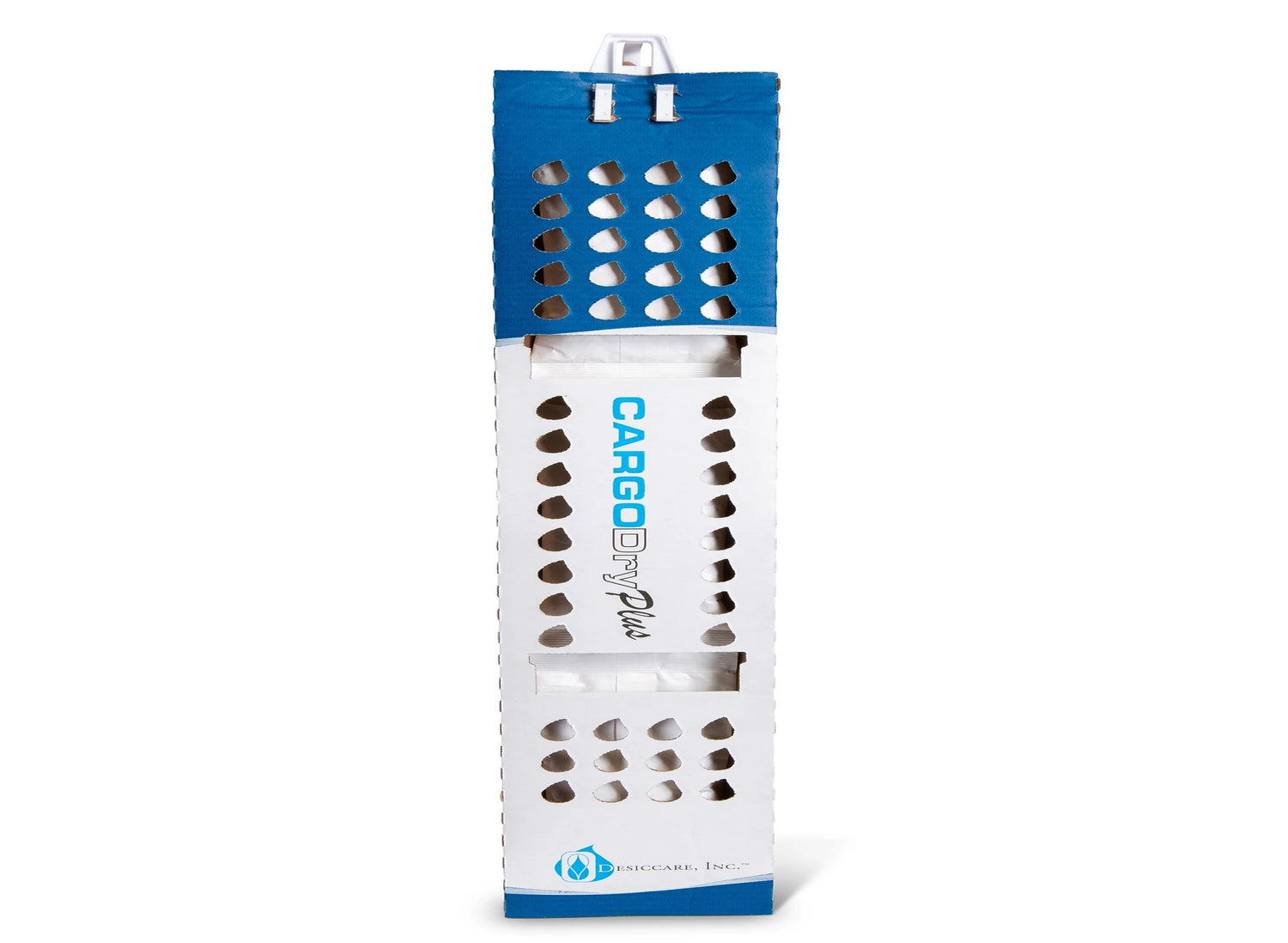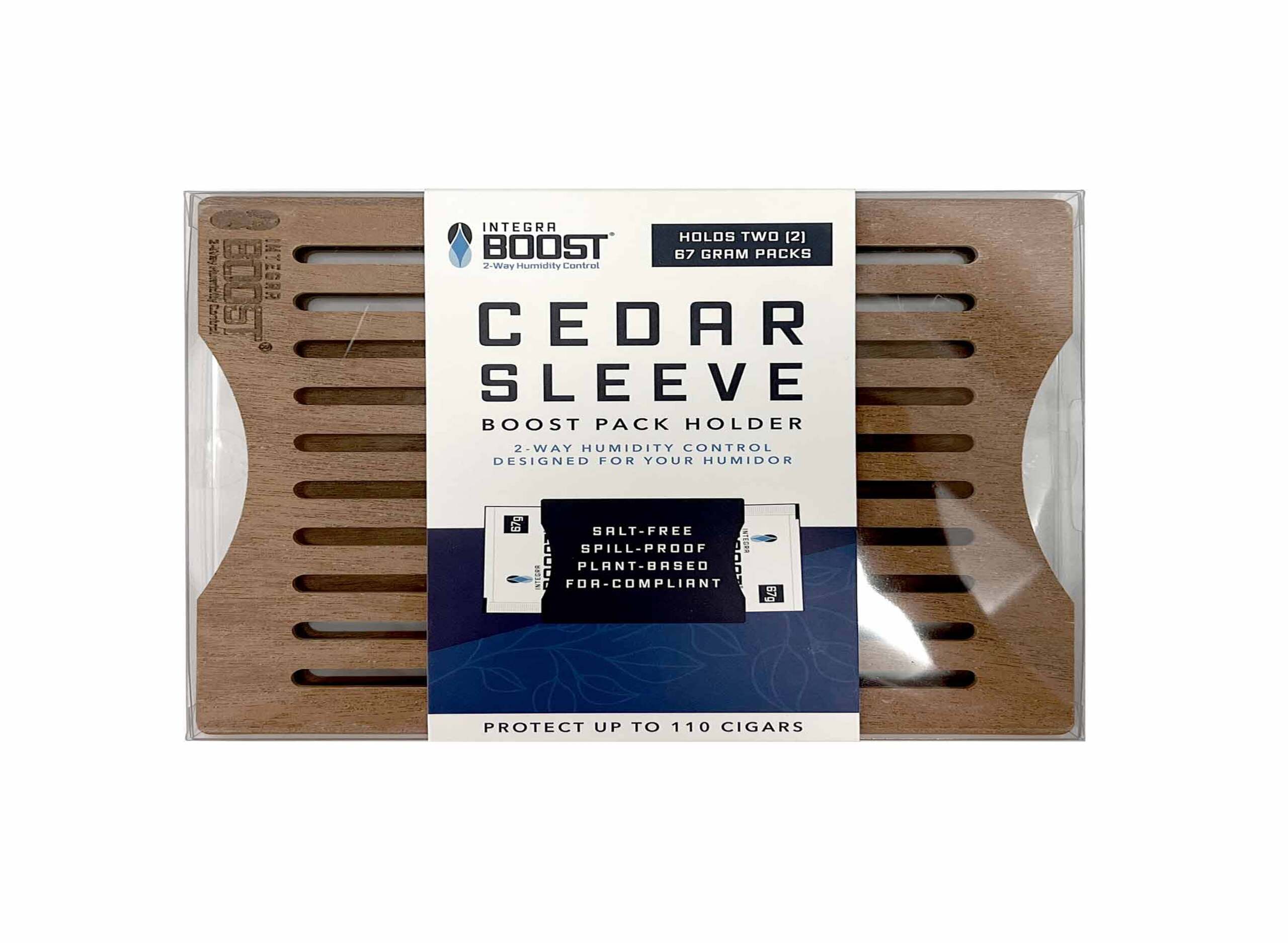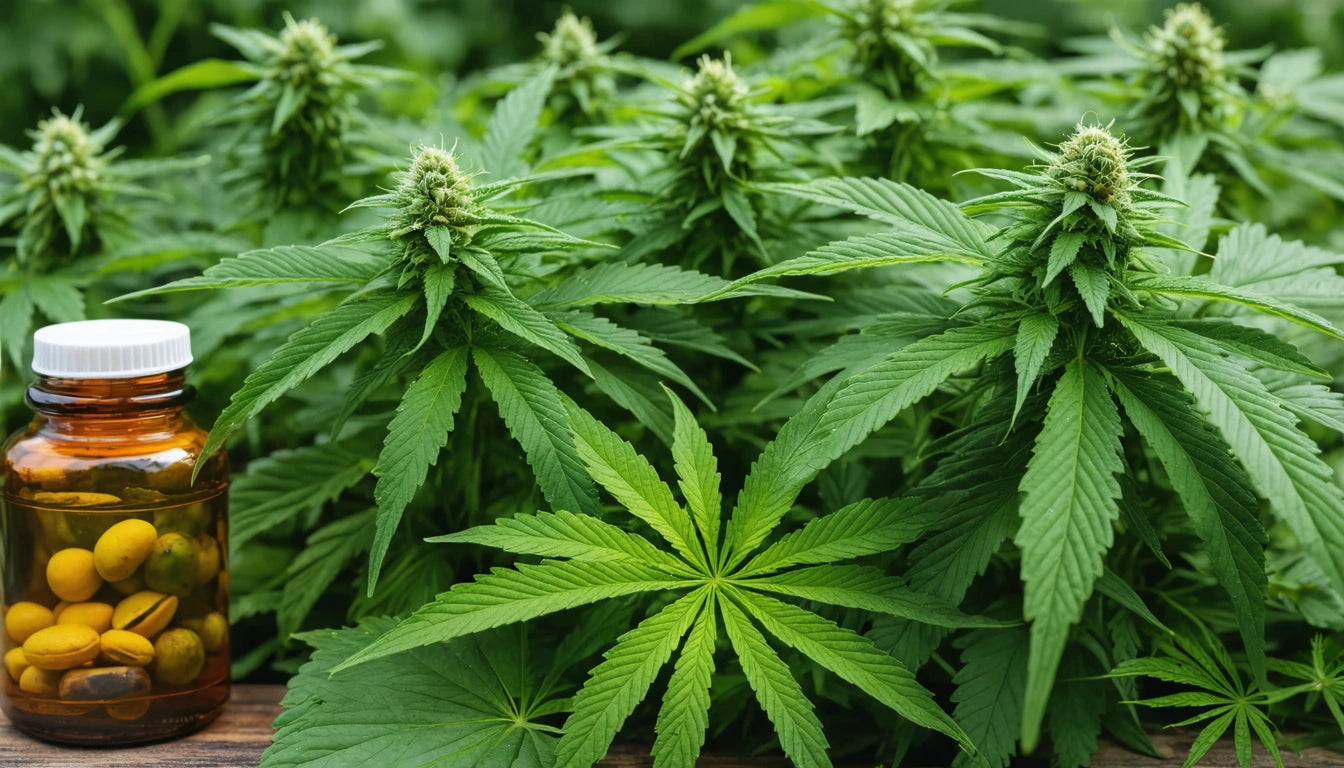Packaging Workflows: Inserting Humidity Packs at Fulfillment
Implementing efficient packaging workflows for humidity pack insertion is crucial for cannabis businesses seeking to maintain product quality from production to consumption. Proper moisture control not only preserves terpene profiles but also prevents product degradation, ultimately enhancing customer satisfaction and reducing returns. This guide explores best practices for integrating humidity control into your fulfillment processes.
Importance of Humidity Control in Cannabis Packaging
Cannabis flower is particularly sensitive to environmental conditions. Too much moisture can lead to mold development, while too little results in brittle, less potent product. Proper humidity levels maintain terpene profiles, preserving the aromatic compounds that give each strain its unique character and effects.
Research indicates that cannabis stored at optimal relative humidity (RH) levels between 58-62% maintains potency significantly longer than improperly stored product. This makes humidity pack insertion a critical quality control step rather than an optional add-on.
Optimal Workflow Integration Points
Determining when to insert humidity packs in your production line impacts both efficiency and effectiveness. Three primary integration points exist, each with distinct advantages.
Pre-Packaging Insertion
Adding humidity packs during the initial packaging phase allows for:
- Streamlined workflow with fewer handling steps
- Immediate moisture stabilization post-curing
- Reduced risk of human error through standardization
This approach works best for operations with consistent packaging schedules and dedicated packaging stations. Staff can incorporate humidity pack insertion into their existing packaging protocol with minimal disruption.
Just-in-Time Integration
Some operations prefer adding humidity packs immediately before sealing containers, especially when:
- Products may sit in inventory before final packaging
- Different products require varying humidity levels
- Packaging occurs in multiple stages
This method ensures maximum freshness of the humidity packs themselves, though it requires additional handling steps.
Batch Processing Approach
For larger operations, batch processing offers efficiency gains:
- Dedicated staff handle humidity pack insertion for multiple product lines
- Specialized training improves consistency
- Bulk ordering of packs reduces costs
Many facilities find that bulk ordering options for humidity packs provide significant cost savings when implementing batch processing workflows.
Selecting Appropriate Humidity Packs
Different cannabis products benefit from specific humidity levels. Flower typically requires 58-62% RH, while pre-rolls may benefit from slightly lower levels to maintain structural integrity. Higher RH options (69-72%) serve specific use cases but aren't universally appropriate.
When selecting humidity packs, consider:
- Product type and moisture sensitivity
- Average time in packaging before consumption
- Regional climate conditions
- Container size and material
The right size pack matters too. Oversized packs waste resources, while undersized ones may fail to maintain proper humidity in larger containers. Our humidity control collection offers various sizes to match different packaging volumes.
Training Staff for Consistent Implementation
Proper training ensures that humidity packs are correctly integrated into packaging. Key training elements include:
- Understanding the purpose and function of humidity packs
- Recognizing when packs need replacement using indicator cards
- Proper handling techniques to avoid damaging the packs
- Documentation procedures for quality assurance
Creating visual aids and checklists helps maintain consistency across shifts and different packaging personnel. Some operations incorporate safety measures similar to those used for securing products with child-resistant packaging to ensure proper protocol is followed.
Quality Control Measures
Implementing quality control checkpoints throughout the packaging workflow ensures proper humidity pack integration:
- Visual inspection of packs before insertion
- Random sampling to verify correct RH levels
- Documentation of batch numbers and pack insertion dates
- Periodic audits of packaged products from inventory
Some operations use humidity monitoring systems in storage areas to ensure environmental conditions don't compromise product quality before sale. This is particularly important in regions prone to extreme conditions, as discussed in resources about avoiding mold in high humidity climates and preventing over-drying in arid regions.
Efficiency and Cost Optimization Strategies
Optimizing humidity pack insertion for cost-effectiveness involves:
- Bulk purchasing to reduce unit costs
- Automation where volume justifies the investment
- Strategic placement of insertion stations to minimize movement
- Inventory management systems to track usage and forecast needs
Many operations find that comparing different humidity pack brands reveals significant differences in longevity and effectiveness, directly impacting long-term costs.
Tracking usage patterns helps forecast needs and prevents shortages that could disrupt packaging workflows. Some operations integrate humidity pack inventory into their existing tracking systems.
Future Innovations in Humidity Control Workflows
The cannabis packaging industry continues to evolve, with several innovations poised to improve humidity control workflows:
- Smart packaging with built-in humidity indicators
- Automated insertion systems for high-volume operations
- Biodegradable humidity packs for sustainability-focused brands
- Custom RH formulations for specific strain requirements
As consumer expectations for quality continue to rise, integrating proper humidity control into packaging workflows becomes increasingly important for brand differentiation. Implementing these best practices not only preserves product quality but also demonstrates a commitment to excellence that resonates with discerning consumers.











Leave a comment
All comments are moderated before being published.
This site is protected by hCaptcha and the hCaptcha Privacy Policy and Terms of Service apply.